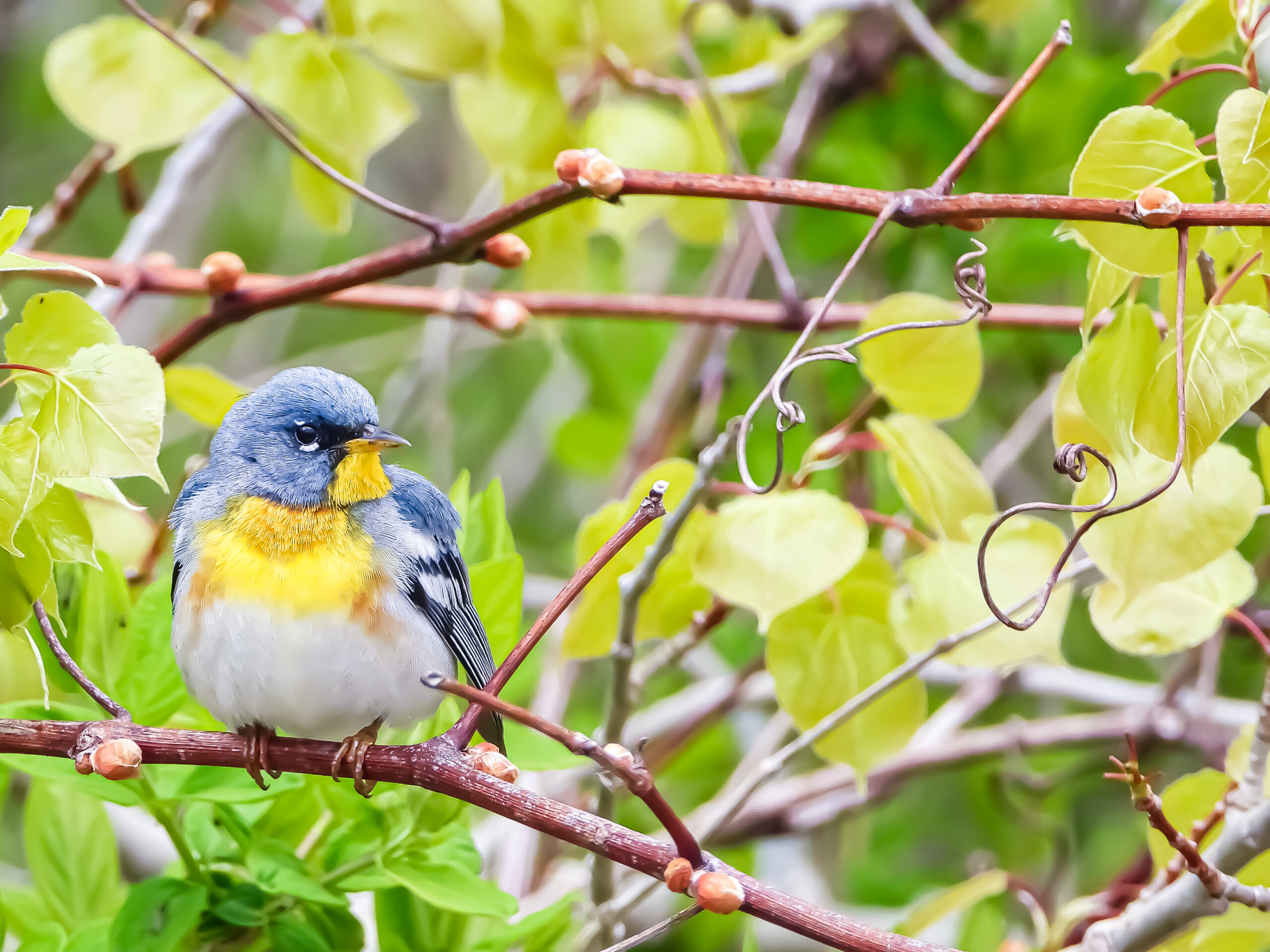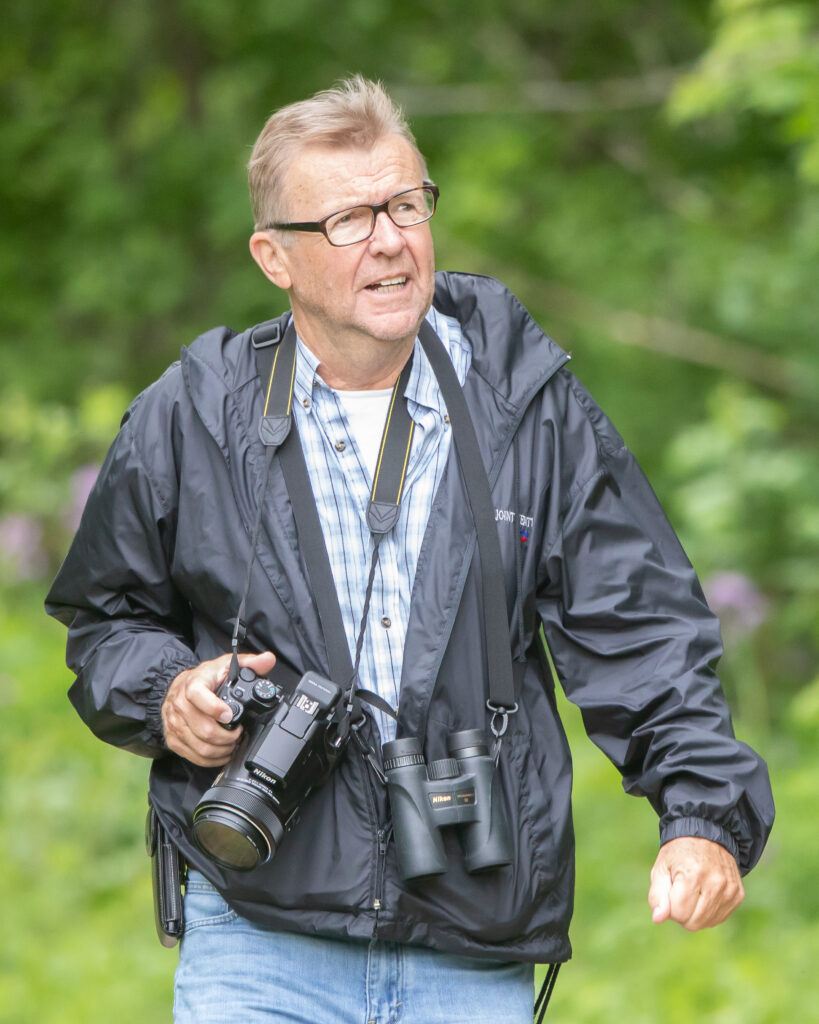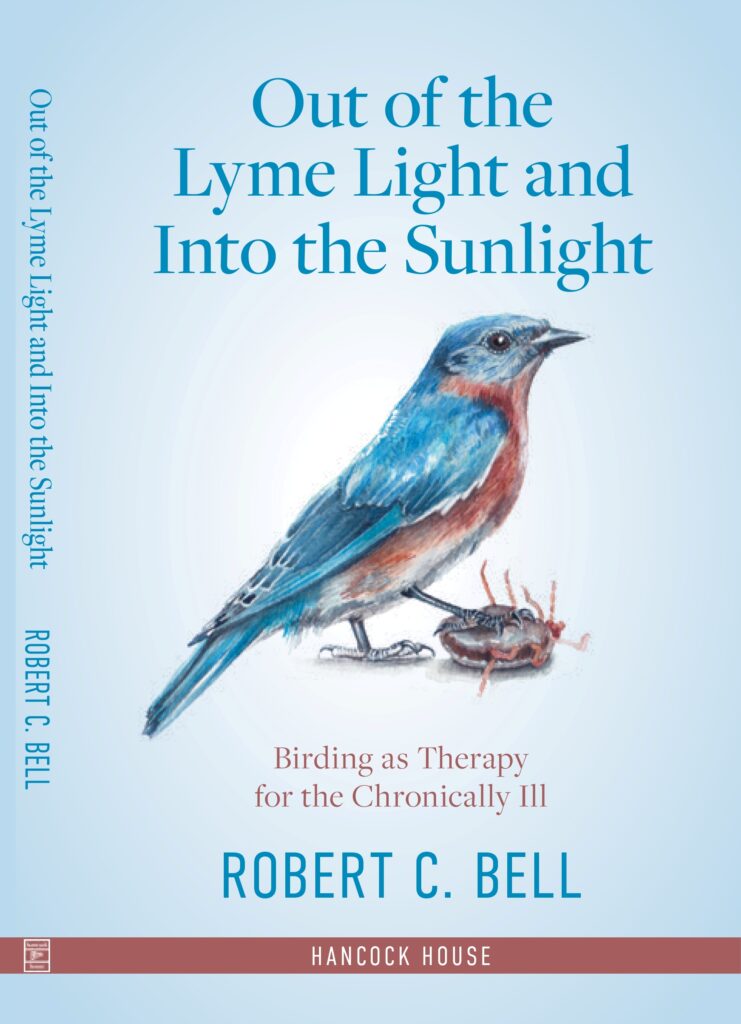This Saturday, Feb. 25, the Hamilton Naturalists’ Club (HNC) is hosting a bird walk at the LaSalle Park Marina with Hamilton author and birder Bob Bell. You can join the group in walking, observing the birds, and chatting with Bell about all things birding and about his book, Out of the Lyme Light and Into the Sunlight.
The connection between birding and “the Lyme light”? Bell discovered birding after a Lyme disease diagnosis forced him to retire — and found the health benefits to be enormous. When he was birding, Bell says, “I wasn’t thinking of my body.” It is a coping mechanism, a wellness tool, and a passion.
Before Lyme disease, Bell was an exploration geologist, for 35 years travelling all over the world doing mineral exploration, a job he loved. Somewhere in those travels, though he doesn’t know where or when, he must have encountered an infected tick.
What he does know is that in late summer 2013, after business trips through southern Africa and to Saskatchewan, he began experiencing massive chills and fever 10 days after arriving home. Bell’s first suspicion was dengue fever, which he had previously caught in the Brazilian Amazon (“Uh oh,” he thought, as a doctor had mentioned to him that dengue is often fatal upon second infection).
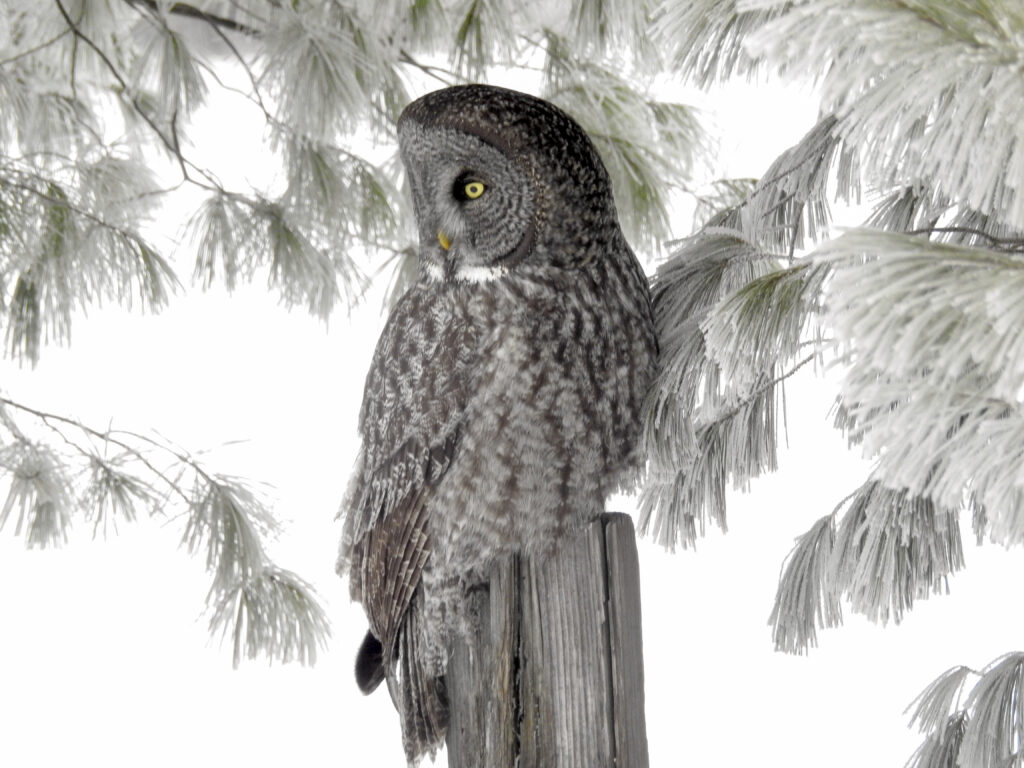
But these symptoms went away after a few days — not dengue, then. Soon, more strange symptoms began: Bell’s side felt “asleep…that weird, numb tingling.” Then migratory muscle pains began a few days later —throbbing pains that would begin in a bicep, then move to the shoulder, then to the back. Then Bell developed crepitus, “that snap, crackle, pop in your joints…I can do that on command in my wrists.” (A doctor later told him that the Lyme bacteria were basically eating his wrist joints.)
Other symptoms followed, including extreme fatigue, becoming out of breath or winded easily, brain fog, peripheral neuropathy, loss of balance, anxiety, heart palpitations, “…all these weird things.” And though Bell was eventually diagnosed with Lyme disease, it was not easy to get that diagnosis. He found some doctors dismissive; one refused to even consider Lyme disease as a potential diagnosis.
Bell notes that part of the issue with getting a Lyme diagnosis is that not everyone will realize they’ve been bitten by a tick (he has heard that only 50% of Lyme patients were aware of being bitten), and of those that are aware, less than half experience the bull’s-eye rash that is a common early sign of the disease.
Tick bites are surprisingly easy to miss: though you might see adult ticks on your body easily, the nymphs are about the size of a pinhead or poppy seed. As Bell observes, “How would you spot a nymph on your back or butt?” And nymphs can transmit Lyme disease.
Lyme disease is often curable if it is caught and treated early — the earlier the better. Bell’s diagnosis took time — and blood tests in the United States by Igenix, where they look for antibodies to the Lyme bacteria (they can’t see the bacteria themselves).
Once he had a diagnosis, a U.S.-based doctor put him on a strict diet and a course of strong antibiotics, which left him feeling about 60% better, though he was not able to return to work. Lyme disease forced Bell’s early retirement.
Bell suggests that if people find an embedded tick on their bodies, to insist on a course of antibiotics, even if a doctor wants to wait for lab tests on the tick to check for Lyme — since time is of the essence in treating Lyme disease, self-advocacy is essential.
Bell tried various alternative or naturopathic treatments, but those didn’t help alleviate the symptoms. He did, however, join a neighbourhood birdwatching outing (or birding outing, for those more serious about that science/art/hobby/sport…or “even a spiritual experience,” notes Bell).
Soon, he was hooked. Birding allowed him to meet new friends, to get outside, to learn — and to feel less pain. For some, birding is about the thrill of the chase, listing as many species spotted as possible, or for appreciation of birds. Bell describes birding for him as mindfulness, as a wellness practice, one that he is passionate about, that he has “really devoted my life to.” He loves warblers in particular; his favourite is the Blackburnian warbler. “I can’t wait for them to start rolling in,” he enthuses, in late April or early May.
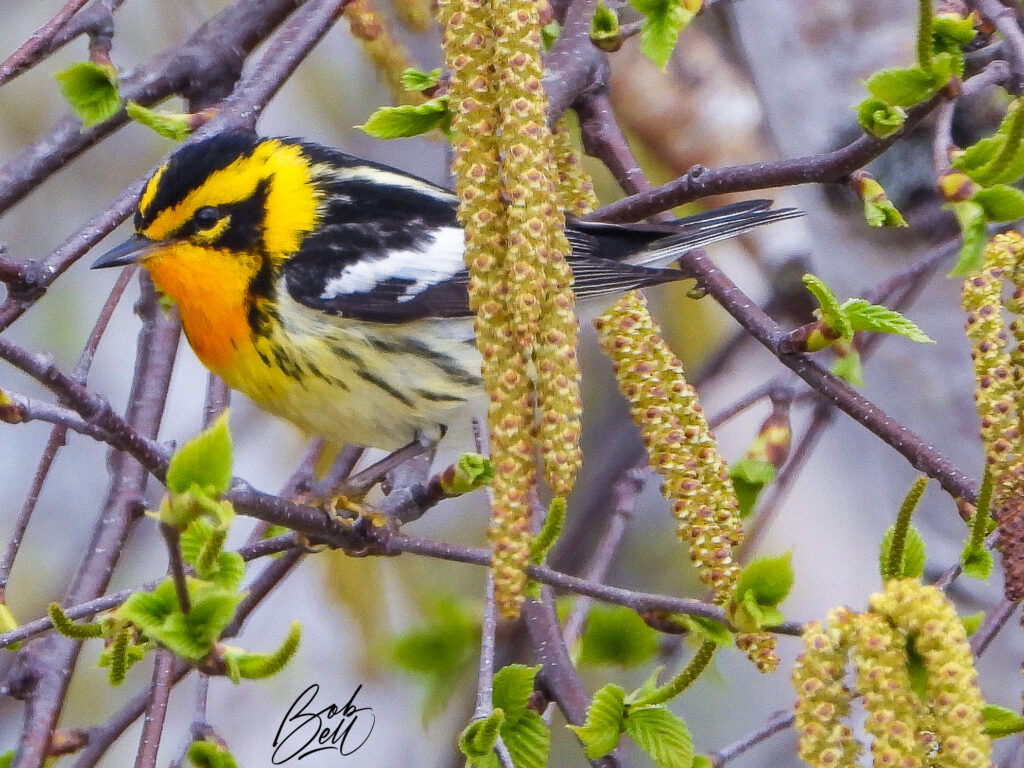
His frustration with the conventional medical system and his love for birding and appreciativeness of the benefits it continues to give him led him to write his book. He describes his story as “A story of hope.”
You’ll find not just his personal story in Out of the Lyme Light and Into the Sunlight, but also resources to help people bird to the best of their ability — or “birdability,” a term that has come out of the United States. Bell says that birding can and should be accessible to all people, whether they can hike into hard-to-reach areas to spot migrating species or roll on a flat walkway in a local park. There are even, he says, nest-cams and feeder-cams available to view online for those whose mobility challenges don’t allow them to find birds outside and in-person. The nest-cams and feeder-cams are still calming to watch, Bell notes.
With his passion for birding and his book, Bell has had a number of interesting opportunities, including being a guest on California-based podcast The Thing With Feathers, and the talk he gave last month to the HNC’s Bird Study Group, which led to this upcoming LaSalle birding outing opportunity.
Bell picked LaSalle Park Marina as the place for this walk for a number of reasons. Not only is it his favourite birding spot in Burlington, but, he says, because it is relatively flat, it’s accessible (“good birdability”), it’s free to get in, and “it’s full of great birds.”
This birding walk is open to anybody and begins at 10 a.m. on Feb. 25; if you’d like to join, the group is meeting at the southern-most point of the parking lot on the pier at LaSalle Park Marina. Looks like it might be cold, so dress for the weather.
If you’d like to read Bell’s book (the hardcover version has Bell’s beautiful bird photos in colour; paperback has them in black and white), you can pick up a copy at Wild Birds Unlimited and A Different Drummer bookstore in Burlington, King W. Books in Hamilton, or online at Hancock House, Amazon, or Indigo. You can also follow Bell on Twitter, @thebirderbob.

